- Official name: Shepherd Gate Clock
- Address: Blackheath Ave, London SE10 8XJ, United Kingdom
- Date of opening: 1852
- Timings: 10 AM - 5 PM
- Constructed by: Charles Shepherd
Shepherd Gate Clock Quick Facts
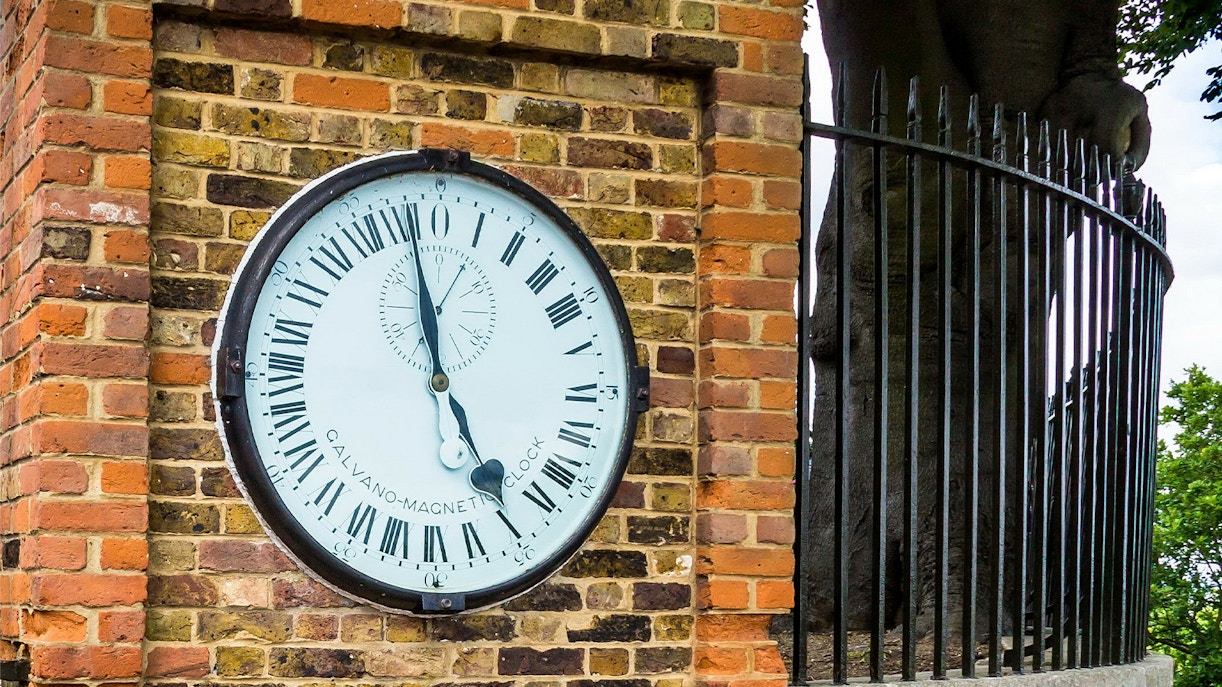
The Royal Observatory Greenwich is home to the Shepherd Gate Clock, a significant timepiece in the history of timekeeping. This clock was revolutionary for its time, as it was the first to display Greenwich Mean Time (GMT) to the public. Notably, its face features 24 hours rather than the conventional 12, a design that reflects the precision and importance of GMT. At noon, unlike traditional clocks, the hour hand points downward, a unique feature that has fascinated visitors for years.

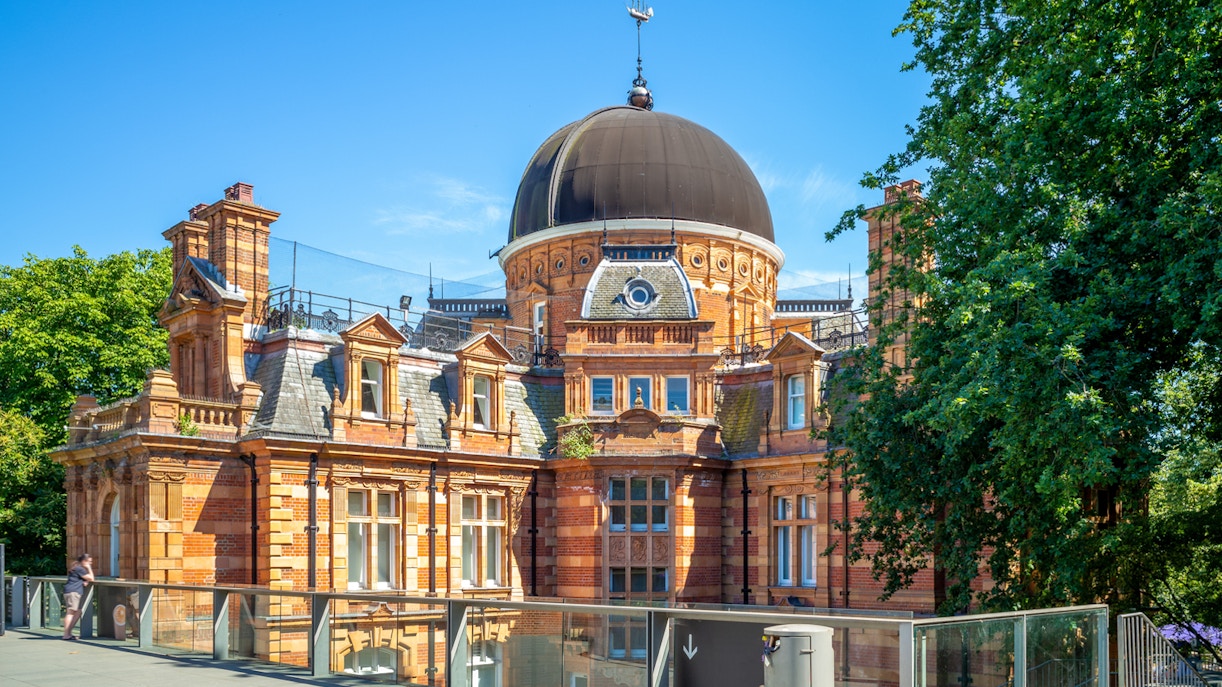
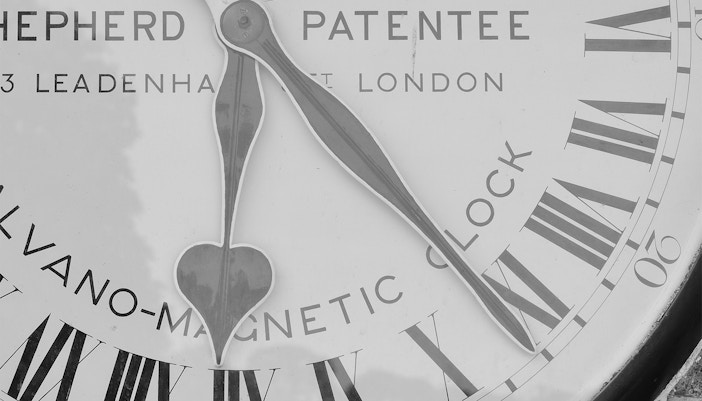
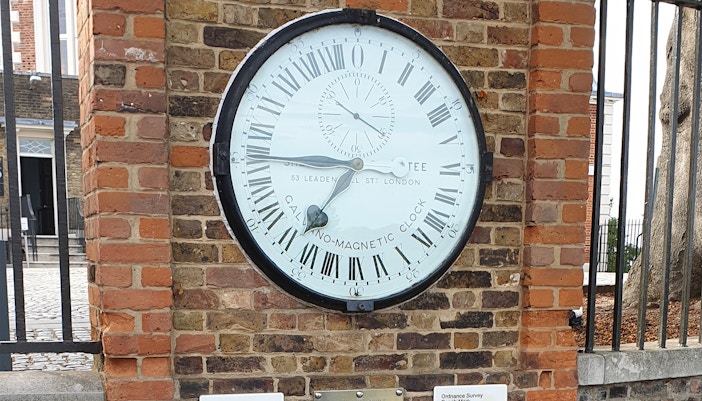
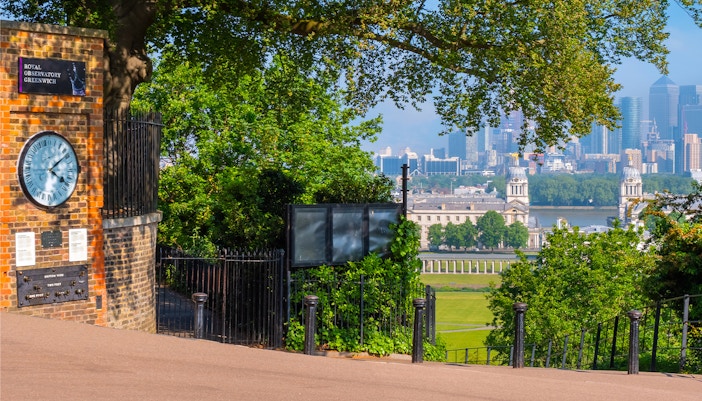
The Shepherd Gate Clock holds a significant place in the history of timekeeping. Its story began in the 19th century when George Airy, the Astronomer Royal, sought a unified time standard for the expanding railway network. To achieve this, he employed Charles Shepherd, an engineer, who patented a pioneering system using electricity to synchronize clocks. By August 1852, Shepherd had implemented this system, enabling the precise transmission of time pulses to clocks across the observatory and even other cities via telegraph wires. This innovation marked a crucial step towards Greenwich Mean Time's establishment and modern time synchronization techniques.
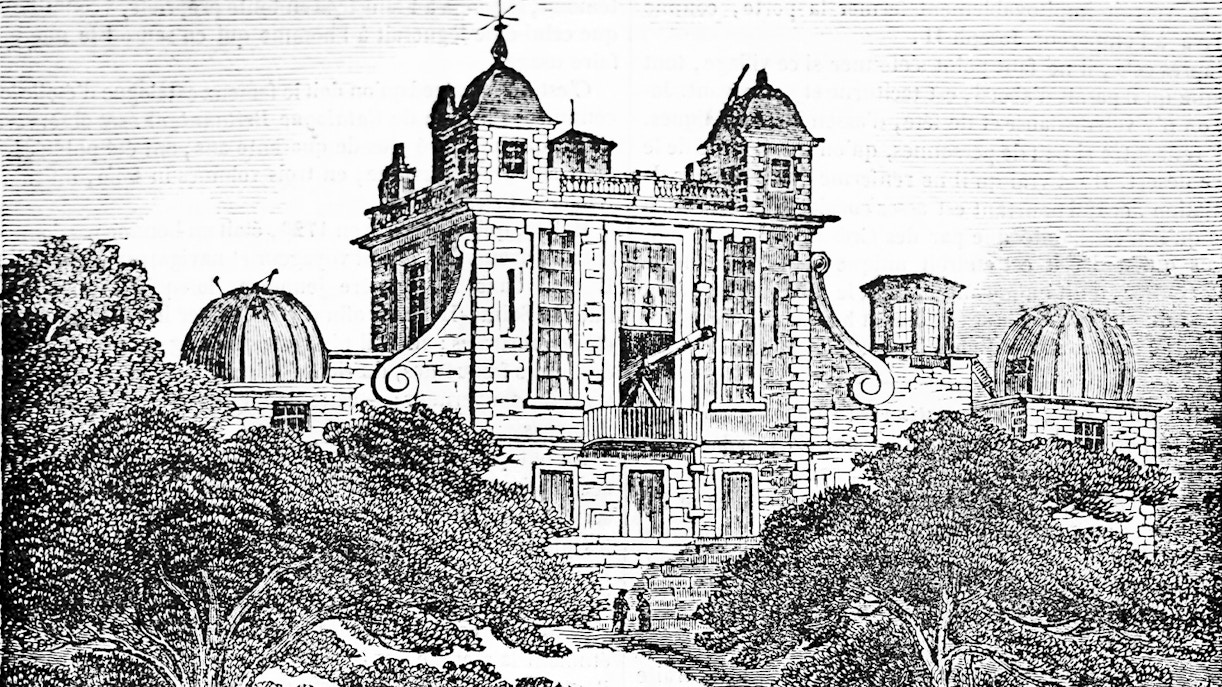
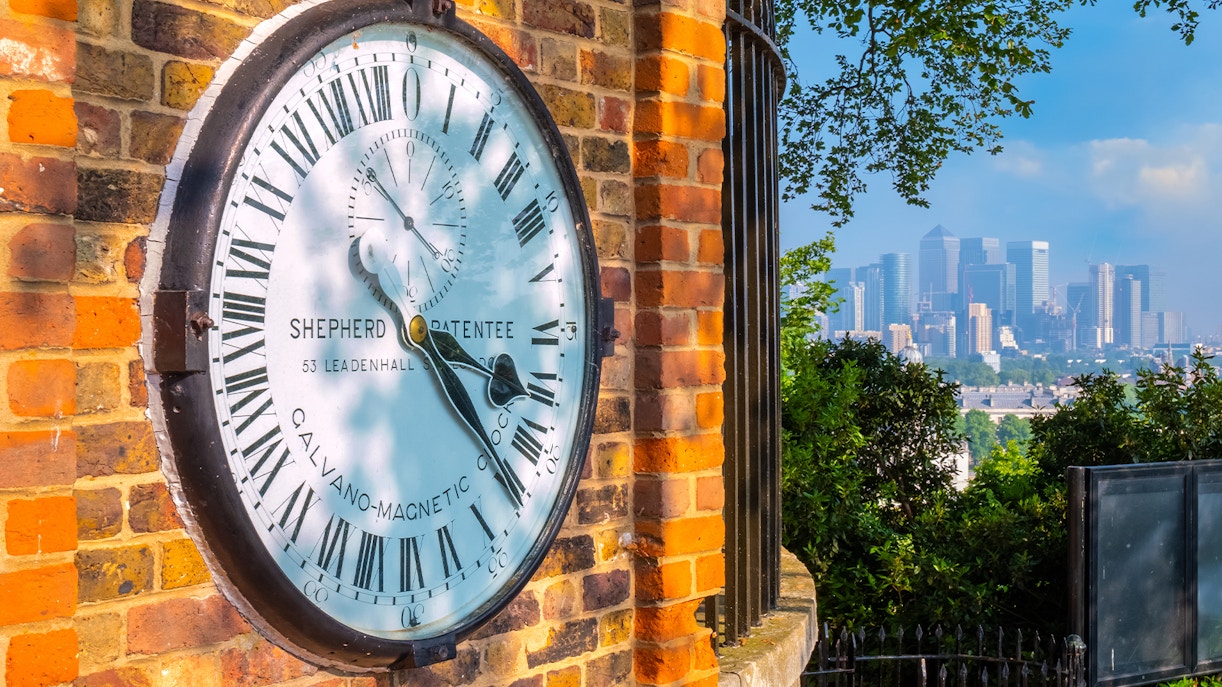
The Shepherd Gate Clock is an iconic timepiece located at the gates of the Royal Observatory Greenwich. It is known for displaying the Greenwich Mean Time (GMT) and its historical significance in timekeeping.
Yes, access to the Shepherd Gate Clock is included when you visit the Royal Observatory Greenwich. Your ticket allows you to explore both the observatory and view the clock.
Charles Shepherd constructed and designed the Shepherd Gate Clock's system.
The Shepherd Gate Clock was built and installed in the Royal Observatory Greenwich in August 1852.
The Shepherd Gate Clock is located near the entrance of the Royal Observatory Greenwich, which is situated in Greenwich Park, London, United Kingdom.
Yes, photography is allowed at the Shepherd Gate Clock. In fact, it is one of the most photographed clocks in the world.
Royal Observatory Greenwich & Prime Meridian Entry Tickets
Combo (Save 12%): Royal Observatory Greenwich Tickets + Thames River Cruise
Cutty Sark Entrance Tickets